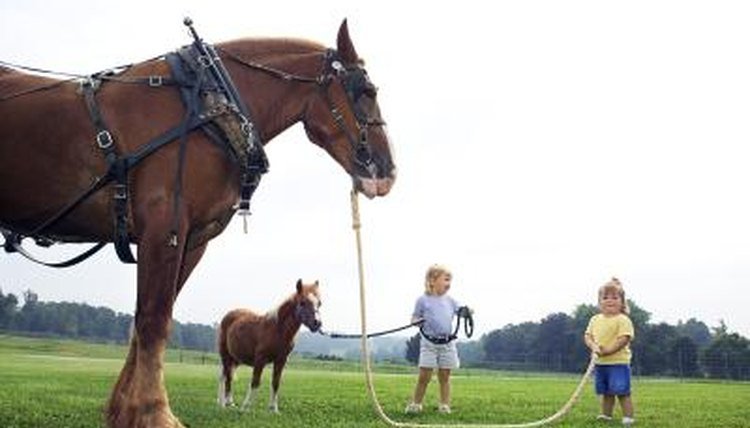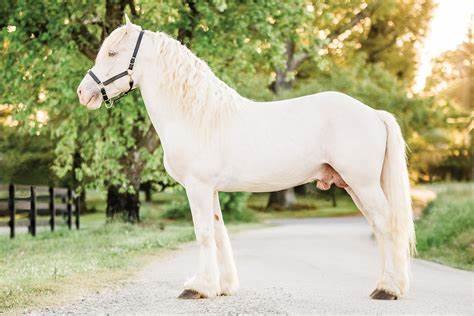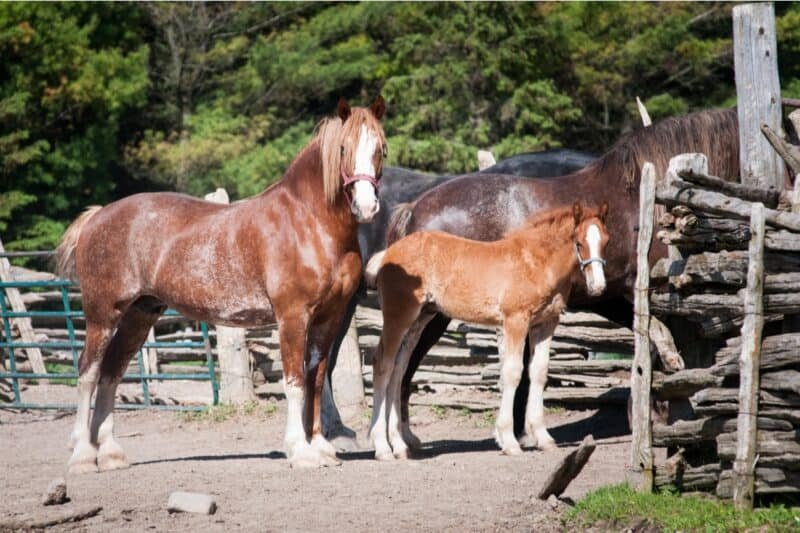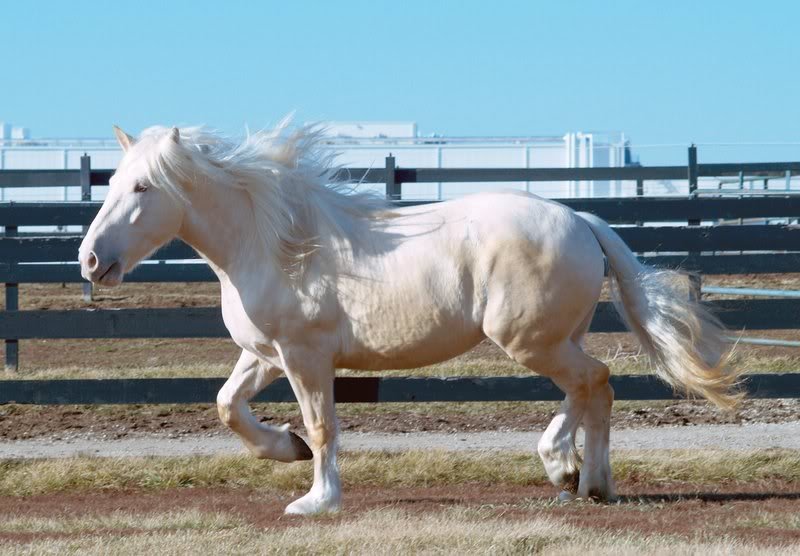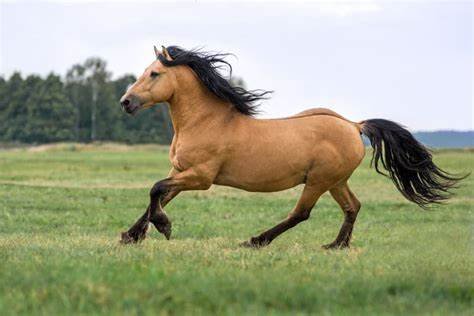Cream draft horses are known for their gentle nature, strength, and striking coat color. Training a cream draft horse for both riding and work requires patience, consistency, and a deep understanding of the horse’s temperament. Here’s a guide to training a cream draft horse for both riding and work:
1. Establish Trust and Bond
- Begin by building a strong foundation of trust with your horse. Spend time grooming, feeding, and spending time together. A relaxed and trusting relationship will make training smoother.
- Avoid rushing or using force. Be patient and let the horse get accustomed to you and the training environment.
2. Start with Groundwork
- Before riding or using them for work, teach the horse basic groundwork. This includes leading, stopping, backing up, and standing still.
- Use positive reinforcement, such as treats or praise, when the horse responds correctly.
- Teach them to respect personal space and respond to pressure cues from a lead rope or halter.
3. Introduce Riding Equipment
- Gradually introduce the saddle, bridle, and any other necessary riding gear. Let the horse get used to the equipment before mounting.
- Spend some time in the round pen or arena, letting the horse move freely while wearing the saddle and bridle to get comfortable with the feeling.
- Begin with simple exercises such as walking and turning, ensuring the horse is relaxed and responsive.
4. Start Under Saddle
- When the horse is comfortable with basic equipment, start with light riding in a safe and controlled environment.
- Begin with walking and then progress to trotting and cantering once the horse is steady.
- Focus on building muscle strength and flexibility. Cream draft horses are strong but may need time to adjust to riding, as their large size requires a solid foundation for movement.
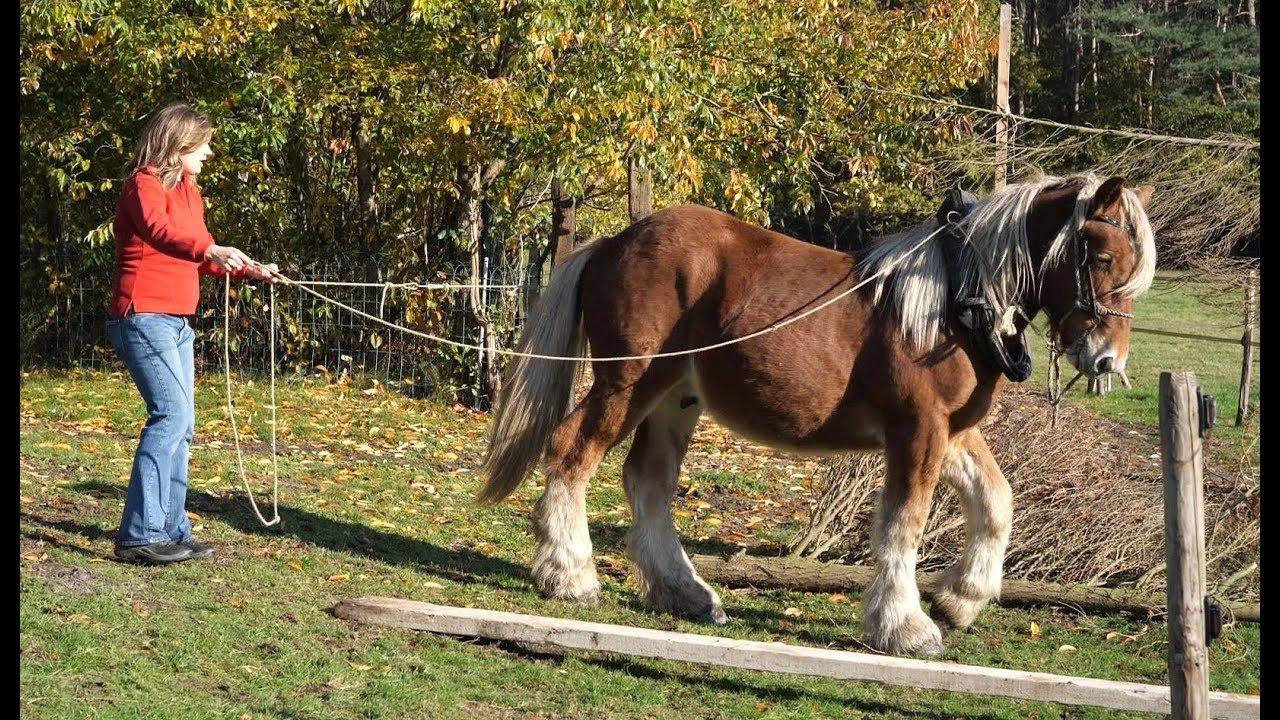
5. Introduce Work Tasks
- Cream draft horses are often used in agricultural or heavy work. Start with low-intensity tasks such as pulling light carts or working in an open field.
- Gradually increase the difficulty and duration of work tasks, allowing the horse to build stamina and work at a comfortable pace.
- Ensure the horse is not overworked and always provides proper breaks during work.
6. Teach Voice and Rein Cues
- Train the horse to respond to both rein cues and voice commands. This is especially useful when working with draft horses, as they need to respond quickly and efficiently to instructions.
- Use consistent commands for specific tasks, such as “walk,” “trot,” “whoa,” and “back,” and pair them with corresponding rein movements.
7. Maintain Positive Reinforcement
- Always reward good behavior with praise or treats. This reinforces positive behaviors and encourages the horse to continue learning and responding to commands.
- Ensure that training sessions are short and focused to avoid tiring the horse or overwhelming it.
8. Ensure Regular Exercise and Mental Stimulation
- Consistent exercise is crucial to keep a cream draft horse in peak condition for both riding and work.
- Provide mental stimulation through variety in tasks and activities. Avoid repetitive routines that could lead to boredom.
By maintaining consistency, patience, and positive reinforcement, you can train a cream draft horse for both riding and work. These horses are versatile, gentle, and hardworking, making them ideal companions for a variety of equestrian disciplines and tasks.







